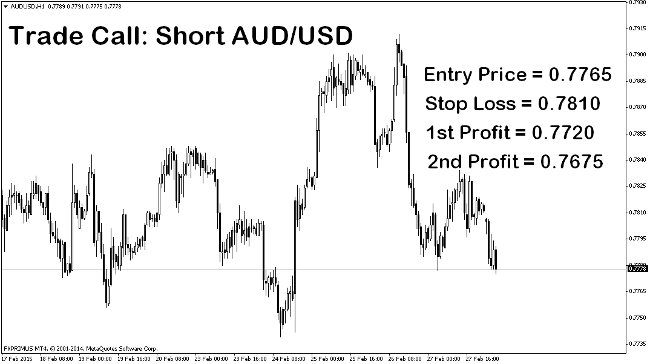On Saturday, the People's Bank of China announced that it will cut the benchmark deposit and loan interest rates by 25 basis points starting 1st March. That would put the one-year deposit rate at 2.5 percent and the one-year lending rate at 5.35 percent.
The intention is to lower social financing costs and provide a modest monetary environment to facilitate economic restructuring. The move is in line with China's prudent monetary policy, the central bank said in a separate statement after the interest rate announcement. The central bank also singled out rising deflationary pressure as a trigger for the move, saying that plunging commodity prices world-wide provided room to spur growth by lowering interest rates.
This is China’s second rate cut in four months. In November 2014, China cut interest rates and lowered the reserve requirement ratio (RRR) in early February to ease financing pressure on enterprises.
One of the direct beneficiaries of the recent rate cut would be property developers.
China’s real estate market and associated industries like construction and furniture contribute about 25% of the country’s GDP. However, those sectors have been in the doldrums for more than two years.
Prices of new homes fell in February compared with the month before, reversing gains recorded in January as demand for homes decline during the Lunar New Year holidays. On an annual basis, average new-home prices fell 3.8% in February, a steeper decline compared with the 3.1% fall in January and the 2.7% drop in December, according to data provider China Real Estate Index System.
The property market’s troubles are in part due to a housing glut fed by developers taking on too much debt, and many developers are finding it hard to raise funds to complete projects. Hence, the rate cut would somewhat reduce their swollen debt burdens.
On the surface, it may look like the rate cut would be a cause for cheer as cost of servicing debt drops. However, on a closer look, the biggest challenge for China right now is not the cost of financing – it’s the overall weak economy.
In a recent survey of 2,006 industrial firms, more than a third reported that supply exceeded demand for their products domestically and internationally during the fourth quarter while only 4% said they obtained new loans. Prices at the factory gate have fallen for about three years due to dropping commodity prices and persistent over-capacity problems in a wide range of industries including steel, cement and glass. Consumer prices, at the same time, rose at the slowest pace in more than five years in January.
Hence, although cost of debt servicing will drop, the weak slack in the economy still needs to be addressed as deflation seems to be rearing its ugly head.
Top News This Week
Australia: Cash Rate. Tuesday, 3rd March, 11.30am.
There’s a good chance of the RBA cutting rates to 2.0% (Now at 2.25%).
Canada: GDP m/m. Tuesday, 3rd March, 9.30pm.
I expect figures to come in at 0.1% (previous figure was -0.2%).
USA: Non-Farm Payrolls. Friday, 6th March, 9.30pm.
I expect figures to come in above 230K (previous figure was 257K).
Trade Call
Short AUD/USD at 0.7765
On the H1 chart, AUD/USD looks to be moving in an expanded range. This tells us that it is converting at key levels on a higher time-frame, namely on the 4-hourly chart. With the rate cut from China and a possible rate cut from the Reserve Bank of Australia this coming week, I expect the momentum on AUD/USD to be to the downside this week.
An aggressive entry is taken at 0.7765 with a stop loss of 45 pips placed above the previous high. We will have two targets on this trade, exiting the first position at 0.7720 and the second one at 0.7675.
Entry Price = 0.7765
Stop Loss = 0.7810
1st Profit = 0.7720
2nd Profit = 0.7675
Blog:
Tags:
Other posts by Mario Singh:







